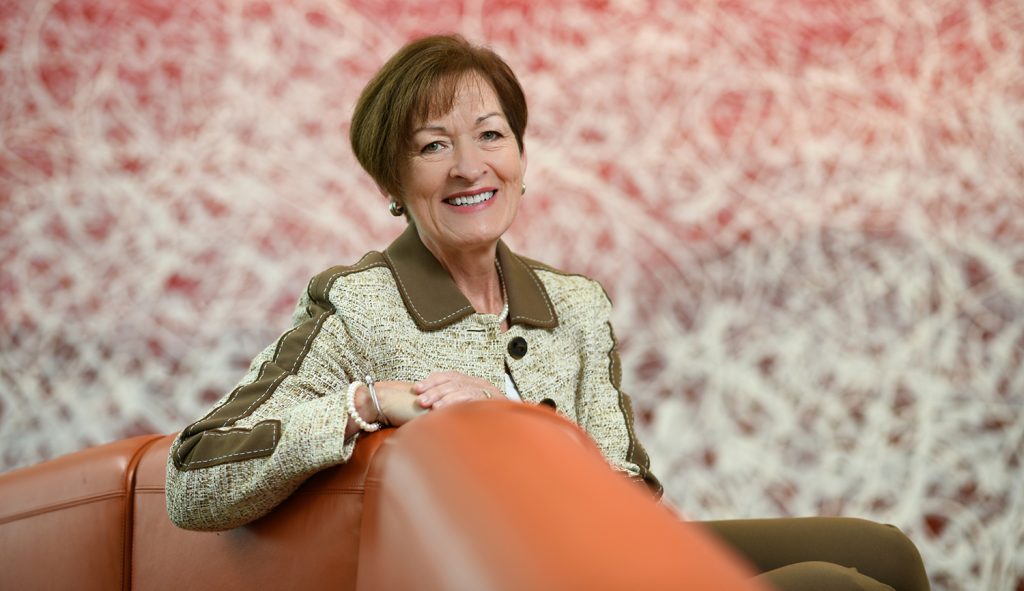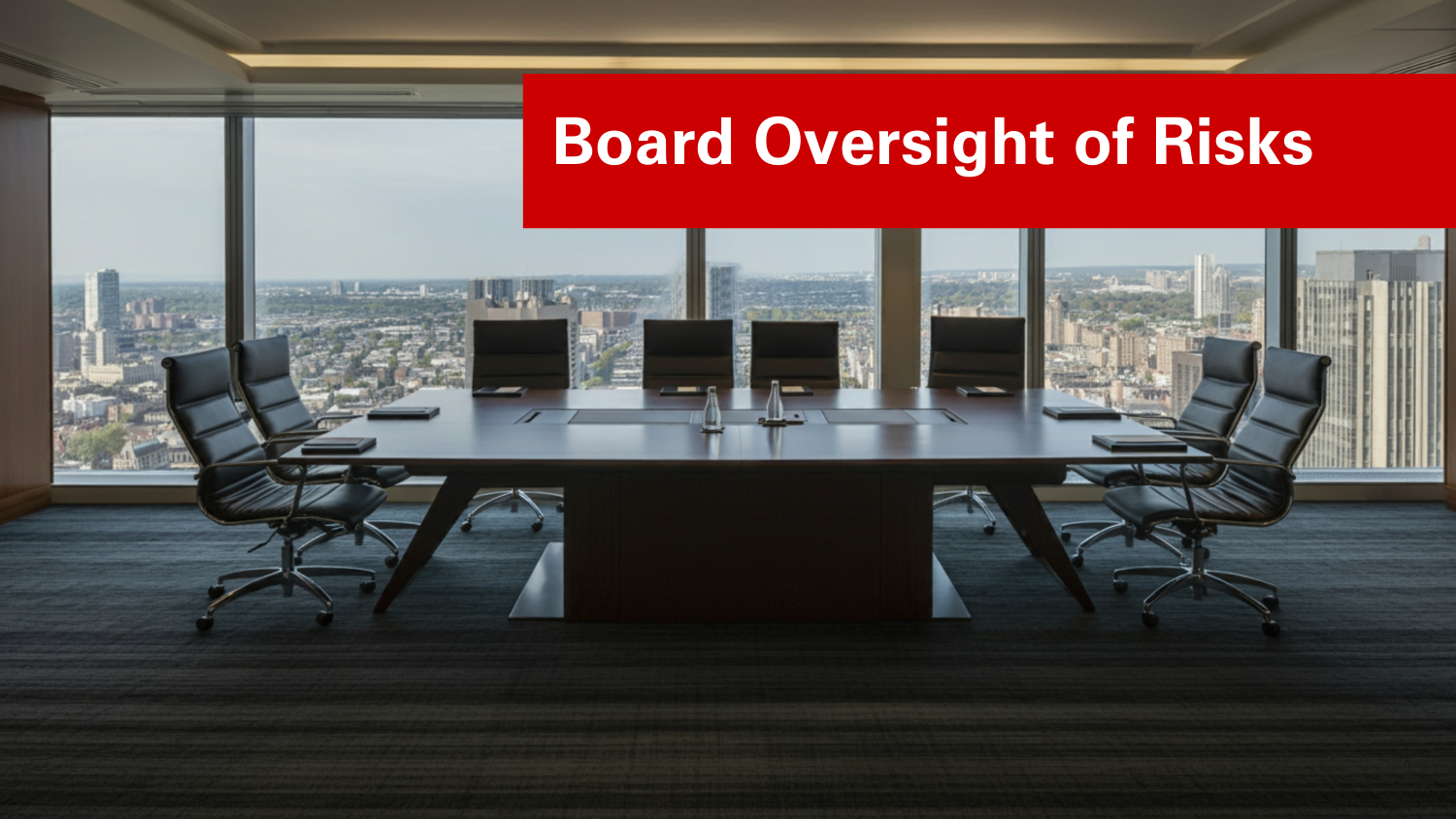Role of Senior Executives in Leading Risk Oversight
Michael Somich, Executive Director of Internal Audit at Duke University, discusses how having the President of Duke University “walk the walk and talk the talk” regarding ERM is essential element of the success of ERM at Duke. He states how the ERM process is maturing and he shares insights as to factors that have contributed to the ongoing embrace of ERM at Duke. He offers his views about the detrimental impact on ERM when an organization lacks the backing of a president or CEO of an organization.
Summary of the Interview: Role of Senior Executives in Leading Risk Oversight
In this interview, Mark Beasley (Deloitte Professor and Director of NC State’s ERM Initiative) speaks with Mike Somich (Executive Director of Internal Audits at Duke University) about the role of senior executives in leading risk oversight at complex organizations like Duke University.
Key Points:
-
Active Engagement of Senior Leadership:
- Duke University’s senior leadership, including the president, plays an active role in risk oversight.
- The president set the tone by kicking off meetings, explaining strategic risks, and outlining the benefits of risk management processes. This provided clear support for the initiative.
-
Facilitation Role of Risk Oversight:
- Somich is seen as the leader of risk oversight because he facilitates the process. However, he clarifies that he doesn’t own any risks but works with others to identify, mitigate, and communicate risks effectively.
-
Regular Communication with Leadership:
- Communication with the president and senior leaders varies based on the activities in a given year. Somich meets quarterly with the president and provides regular updates on operating, financial, and compliance risks.
-
Engagement Across Organizational Levels:
- To involve academic units, Somich worked with the provost to ensure schools and colleges developed heat maps of their risks. Leadership support, such as emails from the provost, reinforced the importance of the process.
-
Critical Role of CEO/President Support:
- Somich emphasizes that progress in risk oversight is limited without active support from the CEO or president. Their leadership sets the tone for organizational commitment to risk management.
-
Advice for Organizations Lacking Leadership Support:
- Without support from the top, meaningful progress in risk oversight is unlikely. The CEO/president’s engagement ensures buy-in across the organization.
Final Remarks:
Beasley concludes by highlighting the importance of ERM resources available on NC State’s ERM Initiative website. Somich reinforces the need for top-level support to ensure the success of risk management initiatives.
Original Source: “Transcript of Interview with Michael Somich on the Role of Senior Executive in Leading Risk Oversight“, Michael Somich and Mark Beasley, May 2012


